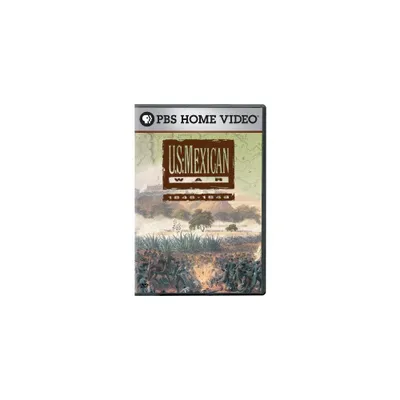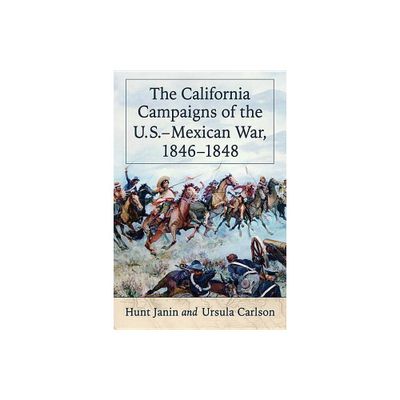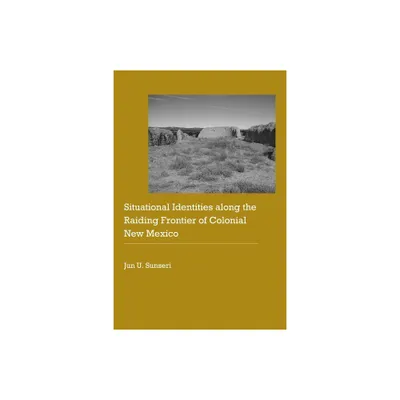Home
On the Prairie of Palo Alto: Historical Archaeology of the U.S.-Mexican War Battlefield
Loading Inventory...
Barnes and Noble
On the Prairie of Palo Alto: Historical Archaeology of the U.S.-Mexican War Battlefield
Current price: $29.95


Barnes and Noble
On the Prairie of Palo Alto: Historical Archaeology of the U.S.-Mexican War Battlefield
Current price: $29.95
Loading Inventory...
Size: OS
*Product Information may vary - to confirm product availability, pricing, and additional information please contact Barnes and Noble
The Battle of Palo Alto marked several firsts in American history: a new generation of professional soldiers--Ulysses S. Grant, George G. Meade, and James Longstreet--provided a wealth of expert knowledge to their senior officers; the military demonstrated the superior qualities of their newly introduced "flying" artillery, one that would see fruition during the far greater epoch of the Civil War; and graduates of the U.S. Military Academy experienced their first major test. The battle was essentially an artillery duel that pitted highly effective U.S. cannon against Mexican cannon of antiquated design. The Americans rapidly deployed at will two field batteries, each consisting of six- and twelve-pounder guns and howitzers. Two eighteen-pounder siege guns, periodically hauled forward by teams of oxen, contributed to the decimation of the Mexican infantry. In contrast, Mexican four- and eight-pounder guns lacked the maneuverability and range needed to check their aggressive adversary. Although the Mexicans attempted flanking and frontal attacks on the U.S. lines, they were repulsed with heavy losses. Unable to maneuver, and confused and bloodied after standing all day under artillery fire, the Mexicans withdrew. In
On the Prairie of Palo Alto,
Charles M. Haecker and Jeffrey G. Mauck use an interdisciplinary approach, combining research of a historian with that of a historical archaeologist, to present an accurate version of how the battle developed and concluded. By reviewing historical accounts of the battle, comparing and contrasting both Mexican and U.S. documents pertaining to the battle, analyzing contemporary battlefield maps, and examining relevant areas of the battlefield site itself, the authors have determined that several significant differences between the American and Mexican versions of battle events and that the American version more closely approximates the truth. Military historians and U.S.-Mexican War enthusiasts will find this analysis of the actual conduct of the battle interesting and insightful.
"One need not be schooled in military history or archaeology to benefit from this research, for the authors do an excellent job of maintaining the interest of [both] the scholarly reader and anyone new to these subjects."--
Journal of the West
"I would highly recommend this volume for people interested in the history of the Mexican War and Manifest Destiny, period military equipment, and the archaeological study of historical events, such as battles, which could be interpreted from an anthropological perspective."--
North American Archaeologist
On the Prairie of Palo Alto,
Charles M. Haecker and Jeffrey G. Mauck use an interdisciplinary approach, combining research of a historian with that of a historical archaeologist, to present an accurate version of how the battle developed and concluded. By reviewing historical accounts of the battle, comparing and contrasting both Mexican and U.S. documents pertaining to the battle, analyzing contemporary battlefield maps, and examining relevant areas of the battlefield site itself, the authors have determined that several significant differences between the American and Mexican versions of battle events and that the American version more closely approximates the truth. Military historians and U.S.-Mexican War enthusiasts will find this analysis of the actual conduct of the battle interesting and insightful.
"One need not be schooled in military history or archaeology to benefit from this research, for the authors do an excellent job of maintaining the interest of [both] the scholarly reader and anyone new to these subjects."--
Journal of the West
"I would highly recommend this volume for people interested in the history of the Mexican War and Manifest Destiny, period military equipment, and the archaeological study of historical events, such as battles, which could be interpreted from an anthropological perspective."--
North American Archaeologist














